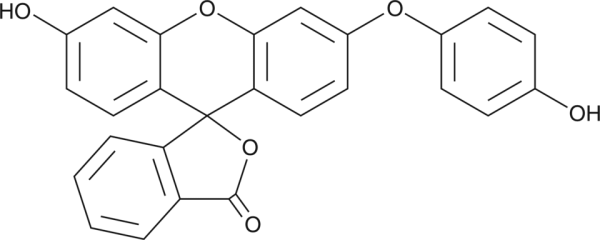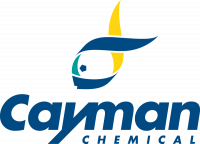Cookie preferences
This website uses cookies, which are necessary for the technical operation of the website and are always set. Other cookies, which increase the comfort when using this website, are used for direct advertising or to facilitate interaction with other websites and social networks, are only set with your consent.
Configuration
Technically required
These cookies are necessary for the basic functions of the shop.
"Allow all cookies" cookie
"Decline all cookies" cookie
CSRF token
Cookie preferences
Currency change
Customer-specific caching
FACT-Finder tracking
Individual prices
Selected shop
Session
Comfort functions
These cookies are used to make the shopping experience even more appealing, for example for the recognition of the visitor.
Note
Show the facebook fanpage in the right blod sidebar
Statistics & Tracking
Affiliate program
Conversion and usertracking via Google Tag Manager
Track device being used

If you have any questions, please use our Contact Form.
You can also order by e-mail: info@biomol.com
Larger quantity required? Request bulk
You can also order by e-mail: info@biomol.com
Larger quantity required? Request bulk
The biology of highly reactive oxygen radical species is of great interest in many biomedical... more
Product information "HPF"
The biology of highly reactive oxygen radical species is of great interest in many biomedical research disciplines, including neurodegeneration, aging, cancer, and infectious diseases. There are a number of fluorescent reagents, such as 2,7-dichlorodihydrofluorescein (DCDHF), that can be used to detect free radicals, but they have significant limitations due to their facile oxidation by light and numerous non-radical oxidants such as hydrogen peroxide (H2O2). HPF is a cell-permeable aromatic amino-fluorescein derivative that has little intrinsic fluorescence. It undergoes oxidation only by highly reactive oxygen species (hROS) such as the hydroxyl radical, peroxynitrite, and hROS generated from a peroxidase/H2O2 system. It is inert to hypochlorite ion, nitric oxide, hydrogen peroxide (H2O2), superoxide, and other oxidants. Upon oxidation, HPF is converted to the highly fluorescent molecule fluorescein, with excitation/emission maxima of 490/515 nm, respectively, allowing the simple direct detection of highly reactive biological radicals.Formal Name: (2-[6-(4'-hydroxy)phenoxy-3H-xanthene-3-on-9-yl]benzoic acid. CAS Number: 359010-69-8. Molecular Formula: C26H16O6. Formula Weight: 424.4. Purity: >98%. Formulation: (Request formulation change), A solution in methyl acetate. Solubility: DMF: 20 mg/ml, DMSO: 20 mg/ml, Ethanol: 20 mg/ml, Ethanol:PBS (pH 7.2)(1:8): .15 mg/ml. lambdamax: 228, 277 nm. SMILES: OC(C=C1)=CC=C1OC2=CC3=C(C=C2)C4(C(C=CC=C5)=C5C(O4)=O)C6=CC=C(O)C=C6O3. InChi Code: InChI=1S/C26H16O6/c27-15-5-8-17(9-6-15)30-18-10-12-22-24(14-18)31-23-13-16(28)7-11-21(23)26(22)20-4-2-1-3-19(20)25(29)32-26/h1-14,27-28H. InChi Key: NPOSMYDPUKBGQL-UHFFFAOYSA-N.
| Keywords: | (2-[6-(4'-hydroxy)phenoxy-3H-xanthene-3-on-9-yl]benzoic acid |
| Supplier: | Cayman Chemical |
| Supplier-Nr: | 10159 |
Properties
| Application: | Detection of radicals |
| MW: | 424.4 D |
| Formula: | C26H16O6 |
| Purity: | >98% |
| Format: | Solution |
Database Information
| CAS : | 359010-69-8| Matching products |
Handling & Safety
| Storage: | -20°C |
| Shipping: | +20°C (International: -20°C) |
| Signal Word: | Danger |
| GHS Hazard Pictograms: |
|
| H Phrases: | H225, H319, H336, H303 |
| P Phrases: | P210, P240, P241, P242, P243, P261, P264, P271, P280, P312, P303+P361+P353, P304+P340, P305+P351+P338, P337+P313, P370+P378, P405, P403+P233, P403+P235, P501 |
Caution
Our products are for laboratory research use only: Not for administration to humans!
Our products are for laboratory research use only: Not for administration to humans!
Information about the product reference will follow.
more
You will get a certificate here
Viewed

